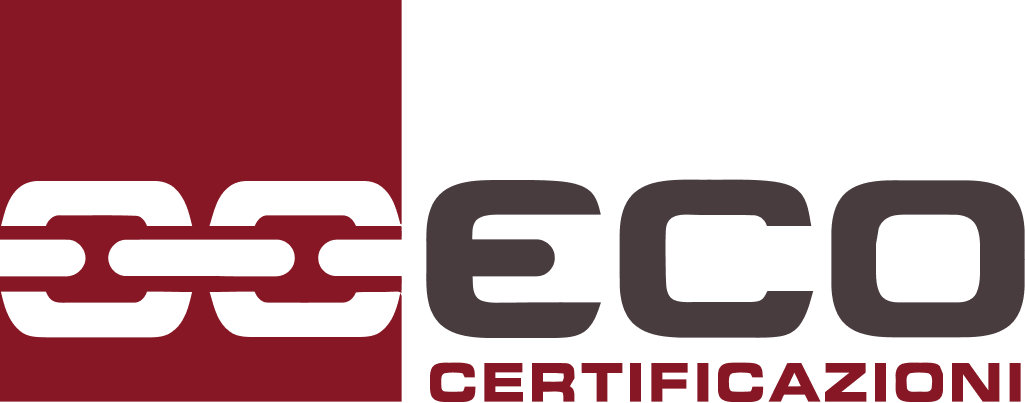Thermographic Inspections
Thermographic inspections are part of investigation technique category of non-destructive tests (PND). The analyzed body does not come into contact with the relevant device which, by sampling in a portion of the electromagnetic spectrum the thermal energy emitted in a given wavelength field, returns a two-dimensional representation through an image, called “thermogram“. Therefore, based on the identification of the distribution anomalies of the surface temperatures of the object in question, when thermally stressed. As a result, it returns a photographic mapping of the heat, emitted by a body.
THE USE OF THERMOGRAPHY
Thermography is a precise method of inspection based on the assumption that almost all equipment and components overheat when under stress before being damaged. It is therefore possible to carry out diagnostics and determine – in numerous fields of application – the initial, momentary state of an electrical or mechanical component, and establish a predictive governance to carry out periodically that analyses the component’s efficiency and functionality status.
CERTIFIED THERMOGRAPHY
Thermography is considered certified when it is carried out in accordance with the principles of the standards UNI EN 16714 and UNI EN 473:2008. It must be carried out by personnel trained and certified according to the UNI EN ISO 9712 2012 standard at the second and third levels, thus fit to carry out the survey and issue a thermographic report that can be used for statutory purposes.
THE USE OF CERTIFIED THERMOGRAPHIC INSPECTIONS IN THE INDUSTRIAL SECTOR
As for monitoring and diagnosing of the state of machinery (as per UNI ISO 18434-1: 2011), thermography makes it possible to conduct a predictive maintenance program carrying out careful evaluations of the operating conditions of electrical, electronic and mechanical applications, and comparing them to the historical operating temperatures or to readings of similar equipment, in order to establish whether a significant increase in temperature could compromise the reliability of the components or the safety of the system; in particular, pertinent applications include the following:
- Troubleshooting
- Research and optimization of maintenance work
- Preventive maintenance of electrical panels, machinery and systems
- Optimization of production processes
- Surface water control, where a flow or temperature verification is required
- Support for workplace safety through the microclimatic control of altering factors
- Qualitative verifications of insulators and insulation (cold rooms, isotherms, insulated steam lines, exchangers, CHP plants, and other applicable items)
- Introduction to Thermography
- Verification of the air emission flows of air conditioning and exchange groupings
- Verification of the conditions of transformer and power cabins, power lines, electric panels, switchboards on the machinery
- Verification of the state of thermal resistance of industrial buildings according to Leg. Dec. 192, where applicable, with energy certification and potential access to tax concessions provided for energy efficiency
- Verification and/or testing of thermal and photovoltaic plants, operating status, yield, and warranty claims
- Reduction of INAIL OT 24 costs related to fire risk deriving from electrical elements (electric panels, switchboards on the machinery, transformer cabins, power substations, etc.)
THE USE OF CERTIFIED THERMOGRAPHIC INSPECTIONS IN THE CIVIL SECTOR
The same thermographic inspection technique can be applied to superficial thermal variations. This makes it possible – in civil applications – to uncontestably determine the thermal state of a building, both in masonry and in wood, with the following uses:
- Qualitative assessment of buildings
- Identification of restructuring measures
- Support for energy certification
- Leak detection inspections in heating systems
- Water infiltration detection
- Identification of thermal bridges and thermal dispersion of doors and windows
- Identification of problems related to the onset of mould
- Evaluation of humidity restoration
- Complaints for poorly executed construction work
- Checks of photovoltaic and solar thermal systems
- Energy certification, pursuant to Leg. Dec. 192


